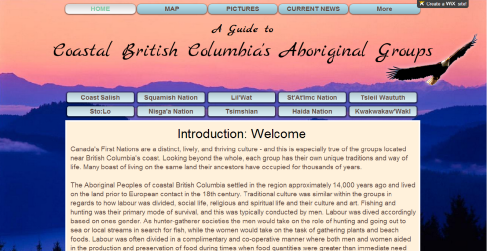For his final project, Brenden decided to recreate the most notable buildings of ancient Rome! It was instantly obvious that this was a fantastic idea for a digital humanities project – what better way to understand an ancient city than being able to see it in a realistic 3D program?!
The software he chose to use was Google Earth. This decision was made based on the ability to upload KMZ files that were configured to their correct geographic locations using the Google Sketch Up application. Being able to upload 3D recreations of buildings into Google Earth was a completely new concept to me, and I was impressed with Brenden’s skill in doing so. During his presentation he showed us what it looked like to upload an arch into Google Maps and explore what it would have looked like in its historical location.
The only downfall of this method is that it is not possible to embed the completed Google Earth city onto a website for easy viewing. Instead, you must download Google Earth, download the individual KMZ files, then upload them in Google Earth to view them. Although this is a bit of a hassle, it was worth it. Unfortunately it is not very effective to have all of the buildings open at once as this takes a long time to load so exploring each building individually is the best bet.
To compliment this, Brenden created a website using Wix online software where he provided an explanation of each building he provided KMZ files for. He gave an introduction to the context of the project, had different sections describing the different types of architecture, and finally a dropbox containing the KMZ files available for download. This was very effective as it made it possible to give a historical background on each of the buildings for educational purposes as was the goal of his website – to make it useful for education, primarily elementary or high school level.
Here is the link to his website.
Some of the problems he outlined was the extremely slow loading time, making it a huge time commitment to work on the project, as well as the fact that Google Earth doesn’t cooperate well with laptops but is a bit better on a desktop computer. Another problem was that Google Earth uses modern ground elevation that are different from the time in which the buildings stood – this left the model sitting too high or below the modern street view level.
Overall, I thoroughly enjoyed exploring Brenden’s project! It is a great contribution to the digital humanities discipline, and I believe it would be beneficial to elementary or high school students hoping to learn about and explore ancient Rome!

